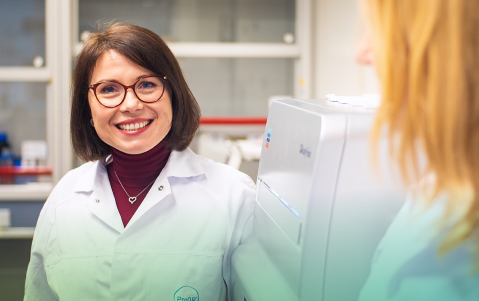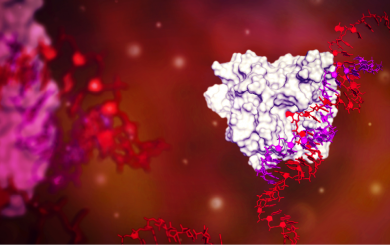In September 2021 we announced a global licensing and research collaboration with Lilly and Company. The partnership focuses on developing potential medicines using our Axiomer® RNA editing platform technology. Strategic collaborations like this can help to drive the advancement of an early-stage technology, like Axiomer, closer to the clinic.
In any global licensing and research collaboration the goal is to progress new medicine technology towards clinical development and, ultimately, to patients via commercialization. Biotech companies, like ProQR, have very specialized and deep expertise, which can be attractive to larger pharma as they seek to use new technologies to develop potential medicines. And biotechs like ProQR can benefit from the resources and knowledge of large pharma as they work together to drive early-stage discoveries to the clinic and ultimately patients.



